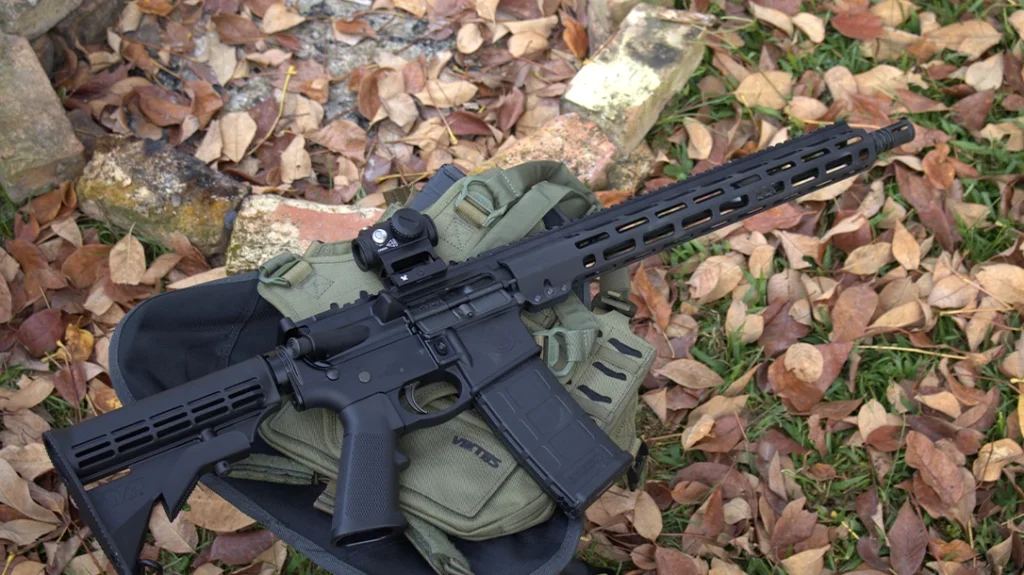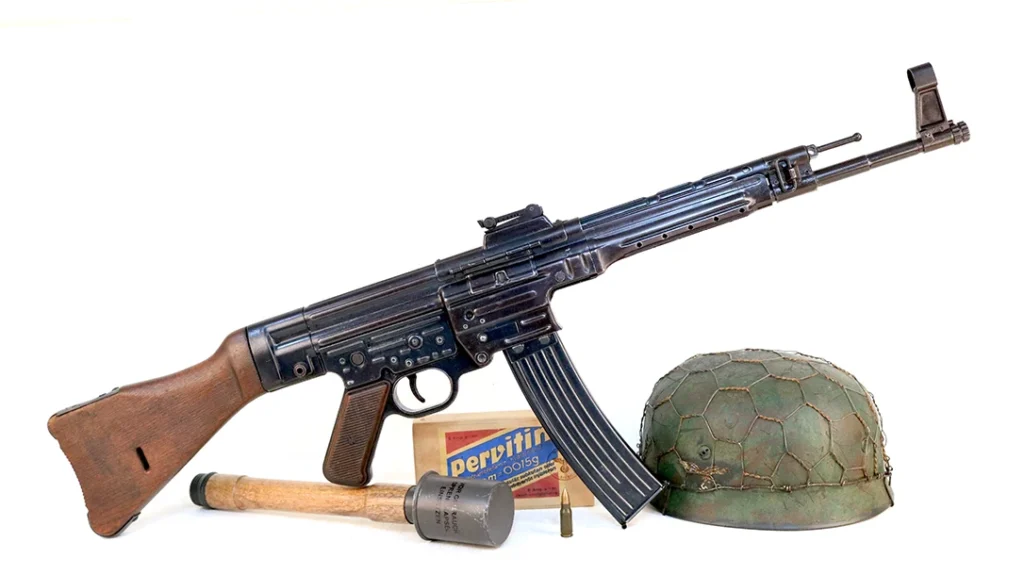Swinging a rifle to transition from one target to the next is easier said than done. Most shooters don’t practice transitions with a rifle on paper to see where their shots are actually landing. Too often, I see shooters practice with steel targets and get that instant feedback of a shot landing on target. But they have no actual idea where it went. Shooting at paper is valuable because the target will tell you exactly what you’re doing wrong and what you need to improve on.
Perfecting Rifle Transitions
If you miss while shooting at steel with no berm or backer, there is no feedback to correct yourself. However, if you practice shooting at paper, you can make an educated assumption of where you might be missing.
For example, shooters can develop habits that they might not even know about. This can include overswinging the rifle when transitioning from one target to the next. Paper targets don’t lie and will tell you exactly what you’re doing.
Advertisement — Continue Reading Below

Some shooters might have bad habits for competition because of their background in law enforcement or military service. I’ve seen these people dip their muzzles down when transitioning from target to target as if they’re clearing a house or preparing to stack. This loss of time from bringing a rifle down and up again racks up quickly.
The drill I will discuss will help you break bad habits, learn what you might be doing wrong or what you’re doing well, and increase your target transition speed overall.
Advertisement — Continue Reading Below
Equipment Needed
- Rifle
- 3 Paper Targets
- Timer (Author is using a Kestrel KST1000)
- Ammunition

The Drill
Set up three paper targets 10-15 yards away from you and about 2-3 yards apart. Of course, this depends on what width you have available at your range.
I like to really force myself to hone in on one spot on a target. So, I use a white paster or a Sharpie mark to mark where I want to hit on each target. If you’re newer to shooting a rifle, a good goal for this drill is impacting the “A zone,” “Down Zero circle,” or center mass on a target.
Advertisement — Continue Reading Below

The start position is low-ready. This means the rifle is positioned down at a 45-degree angle, safety on, and finger off the trigger. At the beep of the timer, shoot the three targets left to right or right to left.
Make sure you practice both directions in this drill but with clean targets when you switch directions. This way, you can track what you’re doing while transitioning from each direction.
Advertisement — Continue Reading Below
When you are working on transitions, try not to stop on a target, acquire a perfect sight picture, and fire the gun. The goal is to transition as fast as possible. Make accurate shots within your zone as soon as your sights come across the area, move to the next target, and repeat the process.

It should feel like a slow drag or rolling stop when firing at the target before transitioning to the next.
Advertisement — Continue Reading Below
Tracking Your Times
Once you feel ready, start tracking your times. But ensure you’re also getting good hits on paper in your designated goal zone.
As you progress with your shooting, this drill can be modified to add complexity. I like to do this drill with just my offset red dot optic. Likewise, sometimes, I switch from scope to offset optic on the final target. I also work on this drill with different starting positions, including port arms or buttstock on the belt.

Advertisement — Continue Reading Below
As you shoot different matches, you’ll learn quickly that there are many ways you might start with a rifle.
What Does the Paper Say?
Yes, you need to assess your paper targets. The whole point of the drill is to determine what’s really going on with your shooting.
I tend to always shoot to the right of my intended aiming point. This means I’m not pulling the trigger soon enough. I’m at risk of “overrunning” my goal area and either scoring lower than I’d like to or transitioning off the target and having a complete miss. Knowing where I’m more likely to miss is good information for me to know. It tells me that I need to work on shooting sooner.
Advertisement — Continue Reading Below
Have fun with this drill, and be sure to mix it up to keep improving the areas that need work.
























